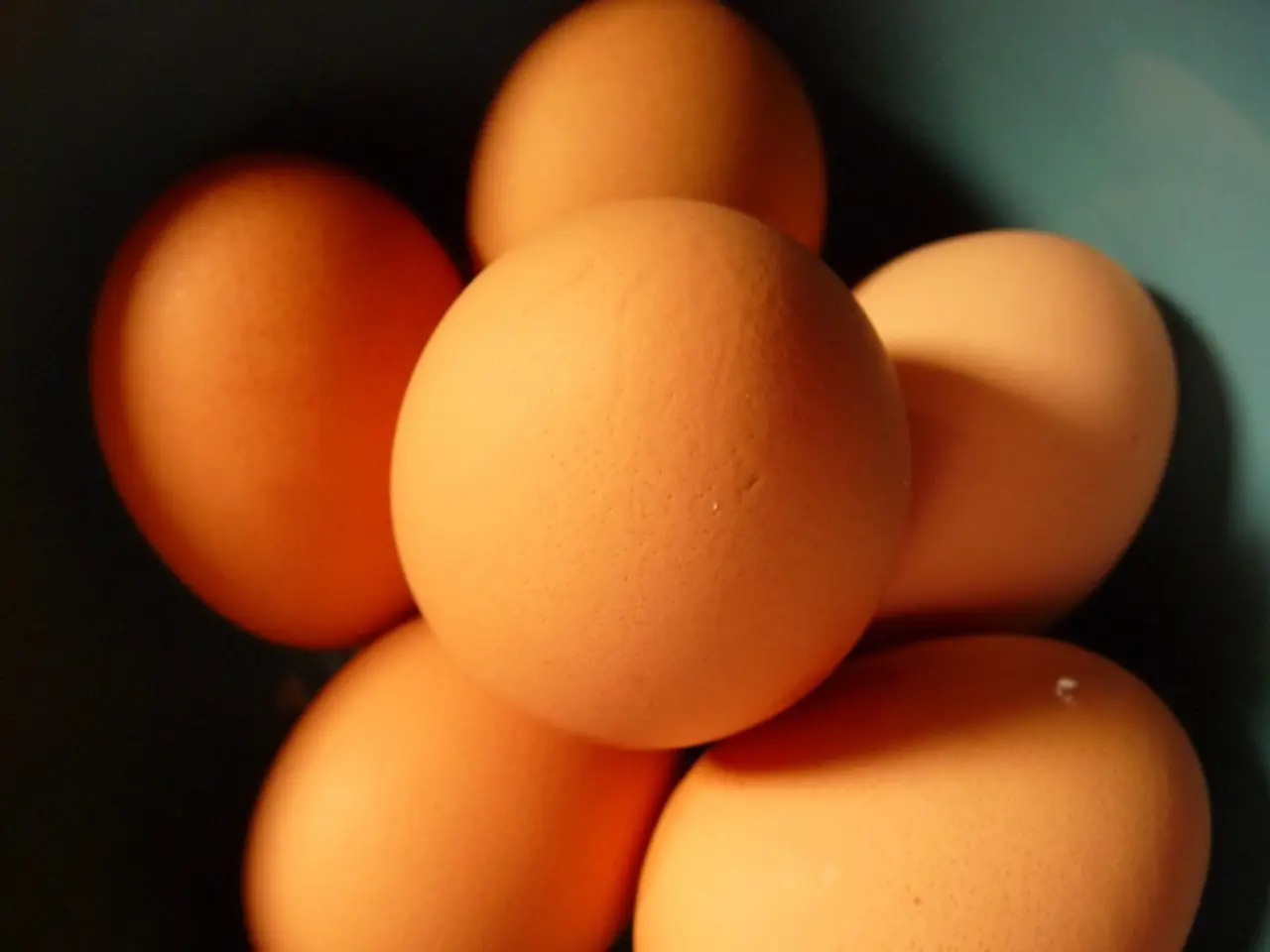Catching the Strawberry Moon: A Guide for German Stargazers
Strawberry Moon becomes visible in the evening sky
Get ready to mark your calendars, folks! The much-anticipated Strawberry Moon will grace the German night sky on an upcoming Wednesday evening. While it won't be sporting a strawberry hue, the weather predictions point towards a crimson-tinged appearance, thanks to stellar viewing conditions. But why, you ask, is it dubbed the Strawberry Moon? Well, it's not because of its color.
The moniker, Strawberry Moon, dates back to ancient times and signifies the strawberry harvest season that falls in the month of June. As Uwe Pilz, chair of the Association of Star Friends from Bensheim puts it, "The Strawberry Moon is the old folksy name for the full moon in June."
Timing is Everything: When and Where to Spot the Strawberry Moon
Michael Passarge, of the Friendship Circle of Astronomy in Bad Salzschlirf, eastern Hesse, predicts the Strawberry Moon to appear around 10:43 PM in Bad Salzschlirf. However, the timing differs across Germany, with the eastern regions catching a glimpse earlier and the western regions a bit later. Fret not, moon and star enthusiasts, as clear skies are anticipated, making this celestial event a prime opportunity for stargazing.
While the weather looks promising, watch out for a few passing cloud fields in the northeast and some patchy fog here and there. Don't let the cool, even chilly temperatures deter you—bundle up, and you'll be just fine. Along the Upper Rhine and the North Sea, temperatures will be relatively milder, hovering around 12 to 13 degrees.
Closer than Ever? An Optical Illusion or Reality?
The Strawberry Moon will be approximately 398,000 kilometers away from our planet. Though it may seem close, Passarge assures us it's nothing more than an optical illusion when the moon is low on the horizon. As it rises, its apparent size increases due to comparison with surrounding structures.
Did You Know? The Moon's Two Faces
Ever wondered why the moon appears to have two distinct faces? The moon's distance from Earth fluctuates due to its non-circular path around our planet. Factors such as the Sun's gravitational force, forces between the Moon and Earth, and the Earth's internal mass distribution contribute to this irregular orbit.
Source: ntv.de, kst/dpa
- Stargazing
- Astronomy
- Germany
Prepare for a fascinating night as the Strawberry Moon, a celestial spectacle linked to the harvest season of strawberries, will be visible in Germany's night sky. With the right timing and strong stargazing aspirations, you might just witness the Strawberry Moon's crimson-tinged appearance, enhancing the learning experience of environment-focused and space-and-astronomy enthusiasts.








